Abstract
A study of the mechanisms governing the high rate of sodium excretion per nephron characteristic of patients with chronic renal disease has been made in dogs. A “remnant kidney” was produced by 85% infarction of the left kidney while the right kidney was left intact. A bladder-splitting procedure allowed simultaneous measurement of glomerular filtration rate and the rate of sodium excretion by each kidney. The animals were fed a constant known amount of sodium chloride and 0.1 mg of 9 α-fluorohydrocortisone twice daily throughout the study.
In a group of dogs fed 3 or 5 g of salt per day, sodium excretion by the remnant kidney averaged 6.5 μEq/min while the intact kidney was present and 53.7 μEq/min when the animals became uremic after the intact kidney was removed. The increased sodium excretion per nephron by the remnant organ often occurred within 18 hr after contralateral nephrectomy and persisted despite experimentally induced acute reductions in the glomerular filtration rate to below prenephrectomy levels. A second group of animals studied in the same manner but receiving 1 g of salt per day or less failed to develop a natriuresis after contralateral nephrectomy despite high grade uremia. Thus an increased impermeable solute load per nephron was not a regulatory factor in the production of the natriuresis. The increased rate of sodium excretion per nephron in uremia resembles that after saline loading in that it may occur without an increase in glomerular filtration rate or a reduction in mineralocorticoid stimulation. It follows that an additional factor or factors must be involved in the genesis of the natriuresis.
In contrast to the natriuresis that is seen in normal animals subjected to saline loading, these uremic animals were found not to have a detectable increase in extracellular fluid volume or blood volume in the presence of high fractional sodium excretion rates.
Sodium excretion in response to a small salt load by the remnant organ in uremia was 30% greater than the response of both kidneys in the preuremic state despite a markedly reduced total GFR. These data are consistent with the view that the volume control mechanism becomes more responsive in uremia.
Full text
PDF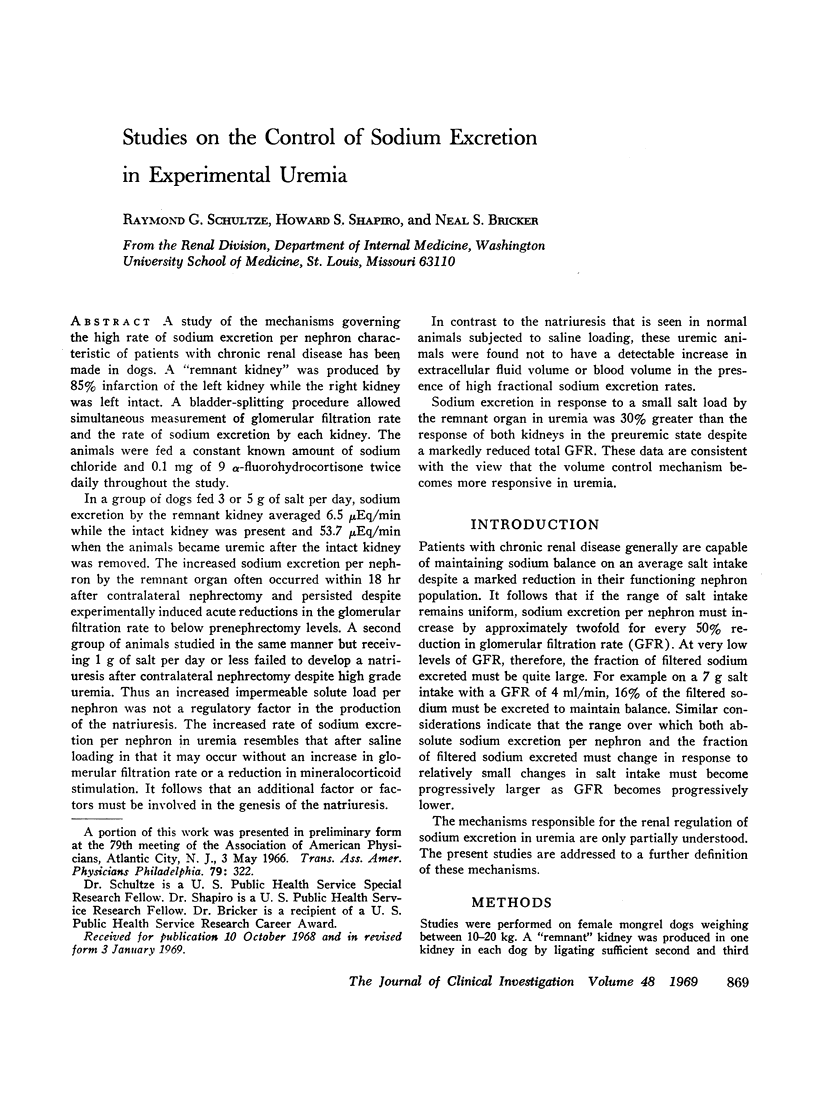
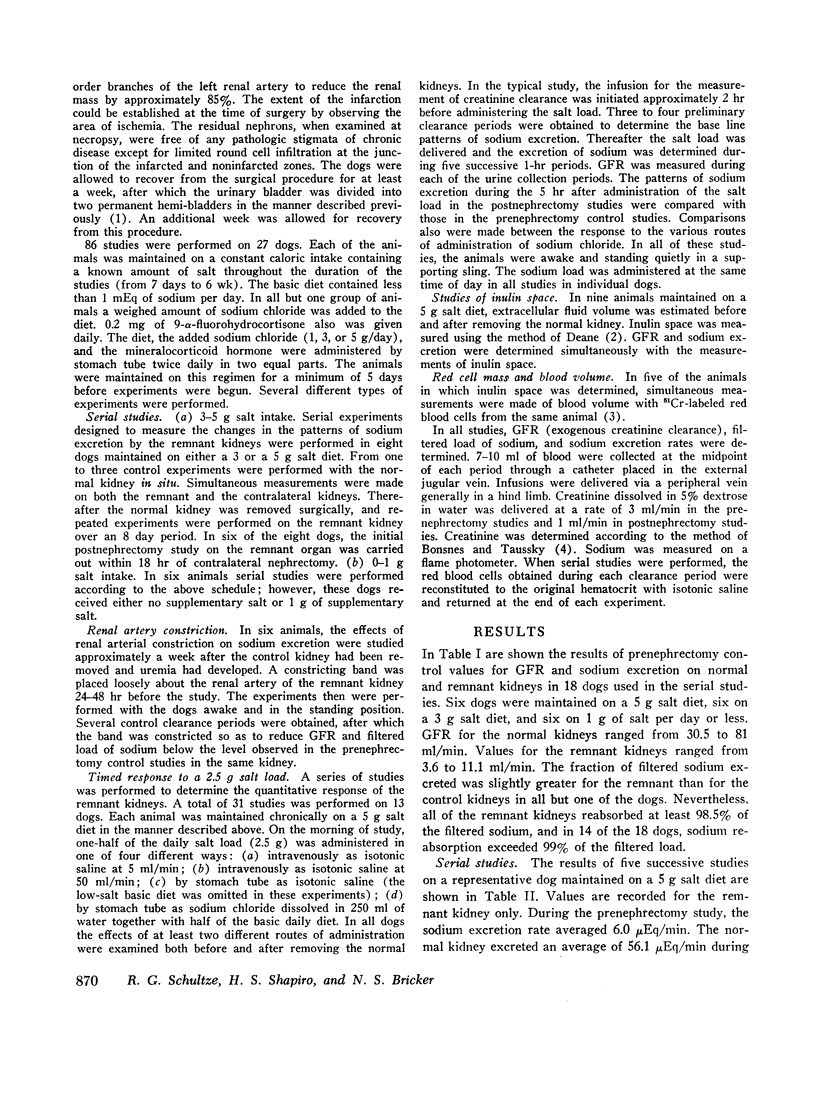
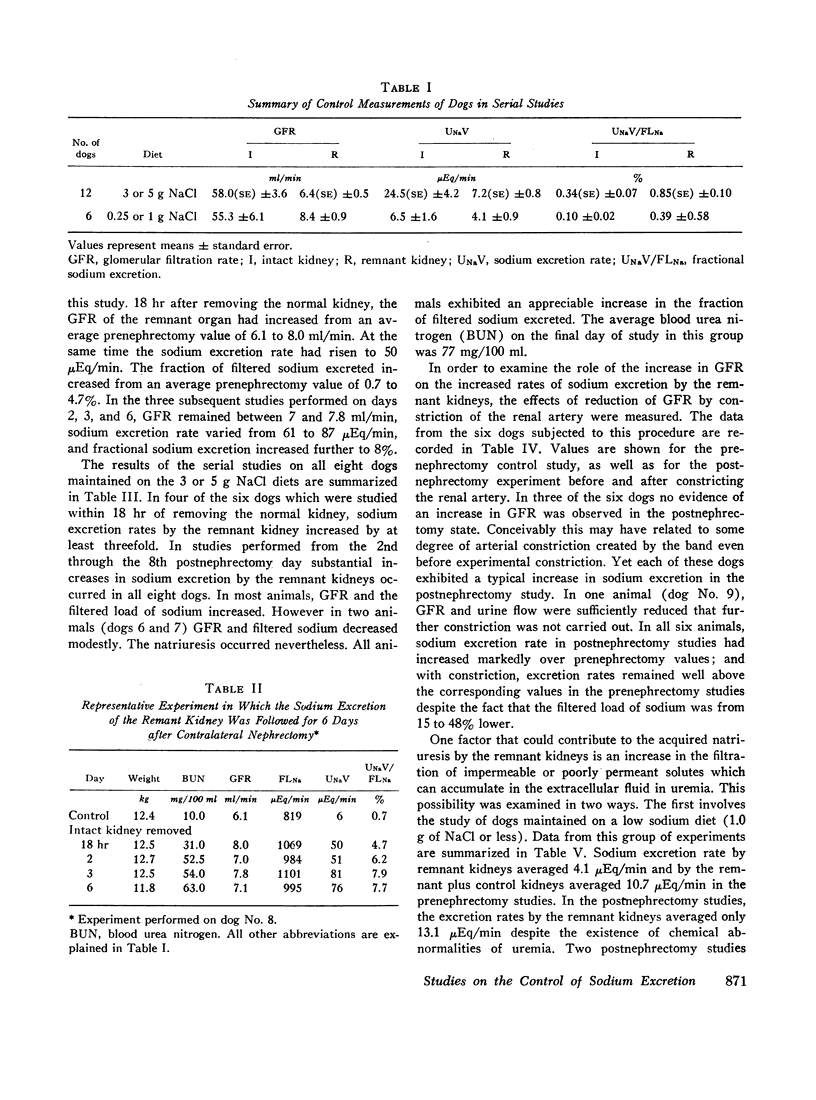
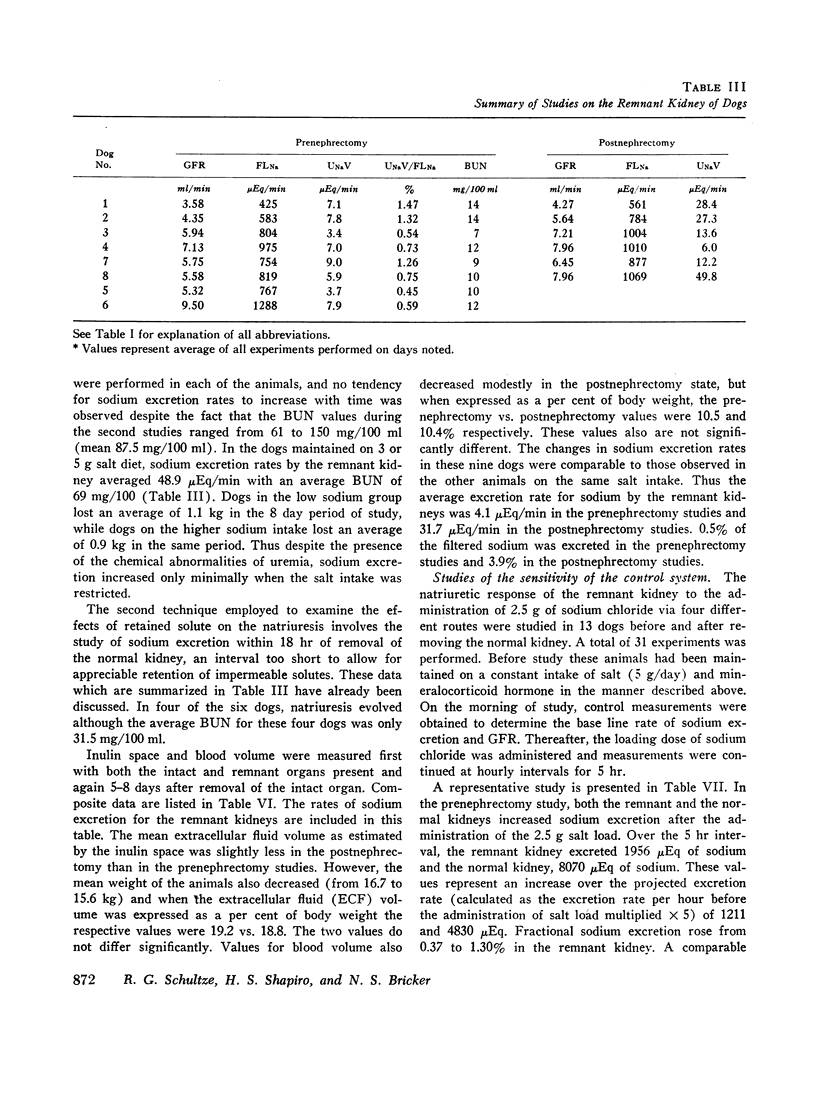
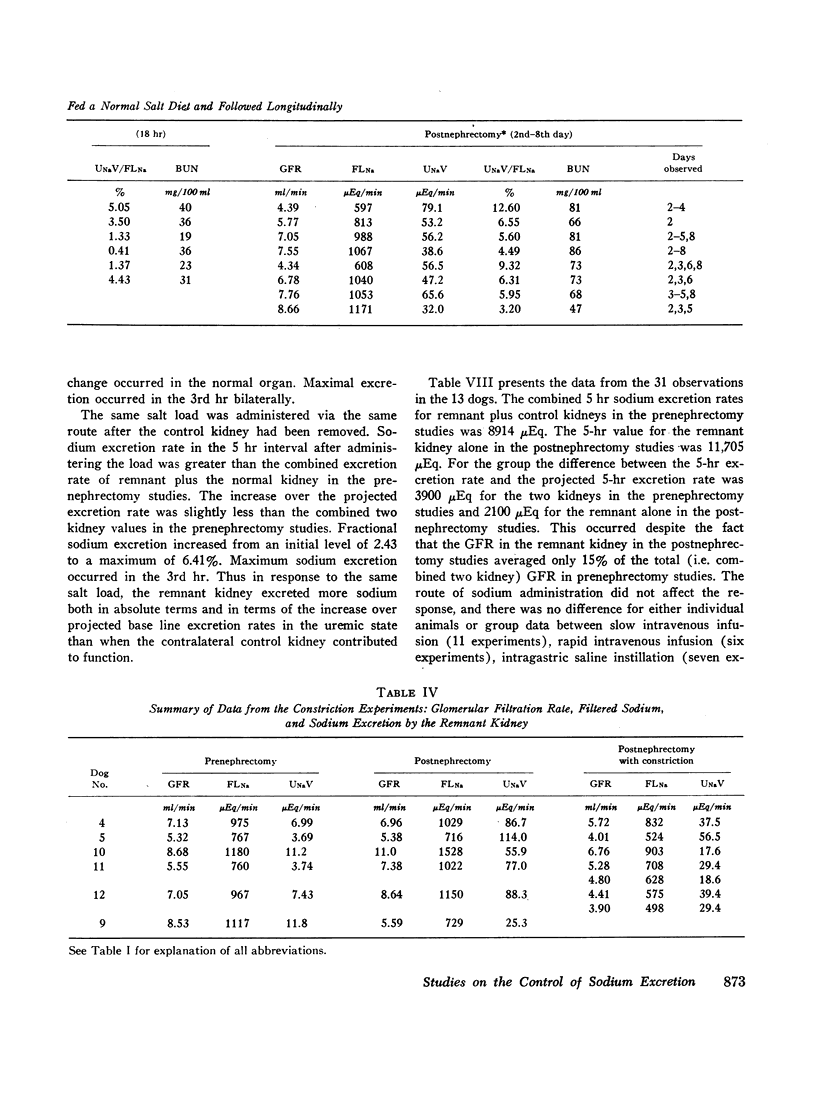
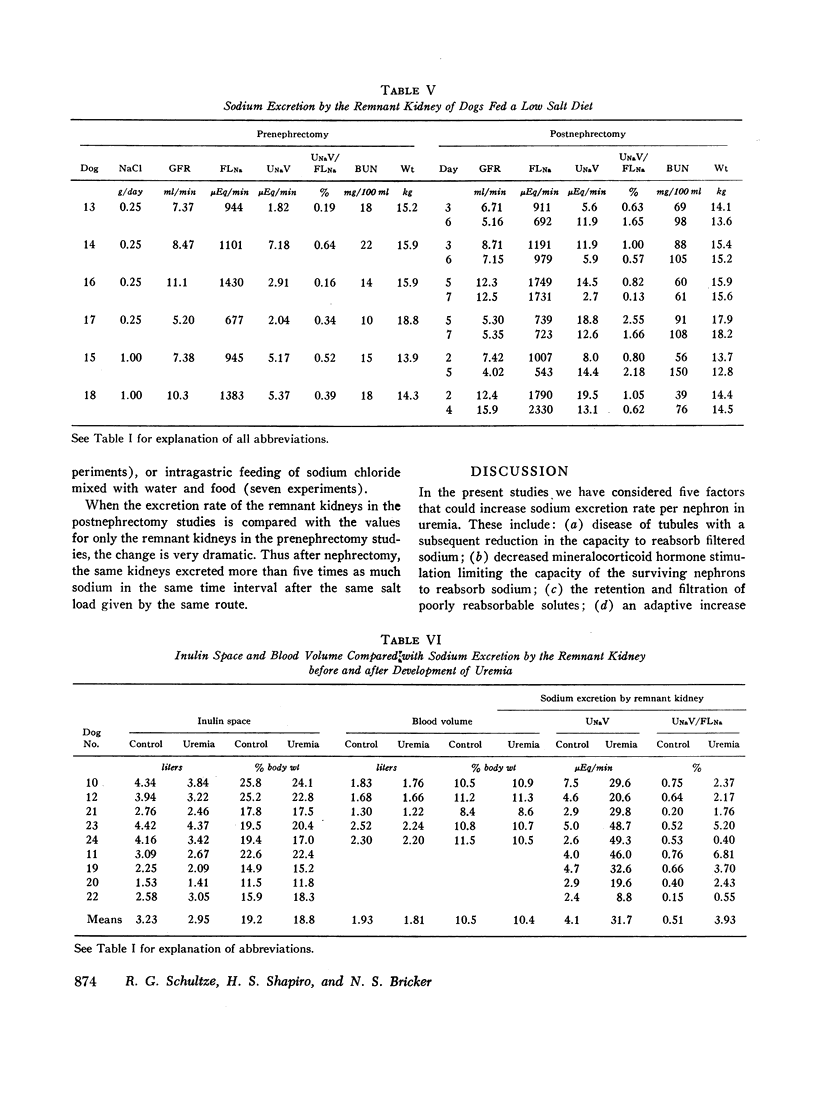
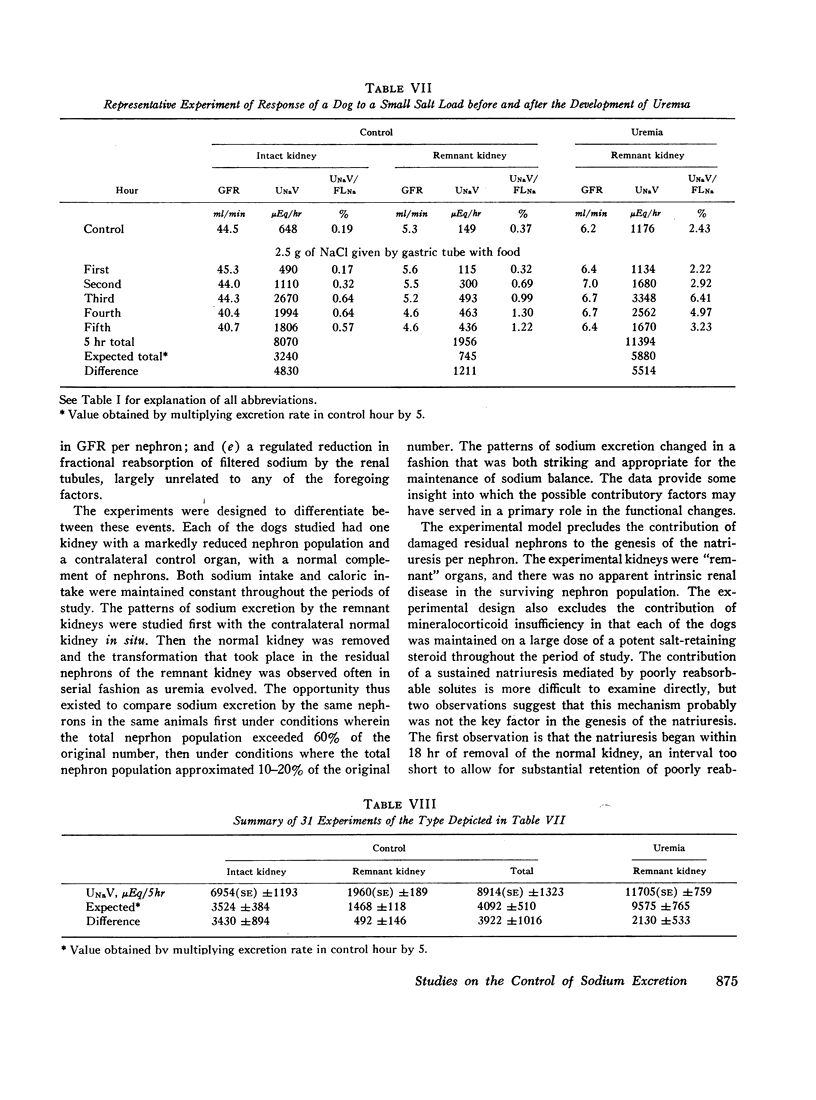
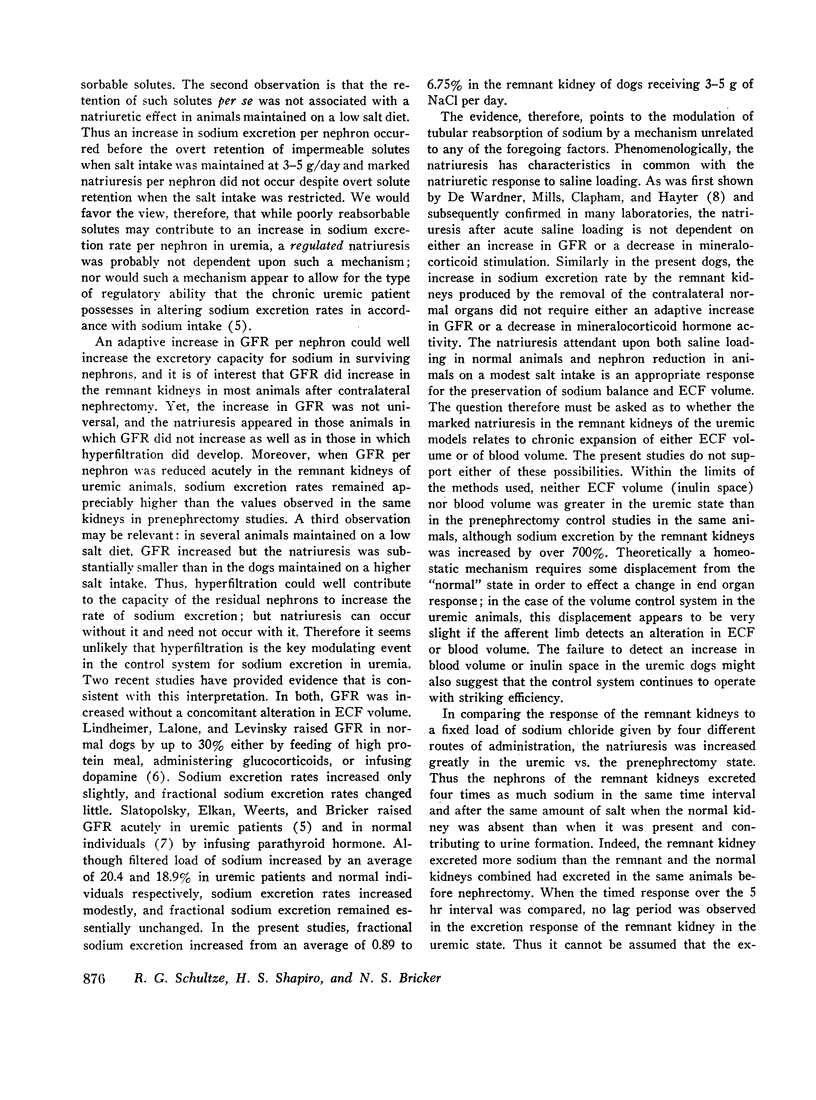
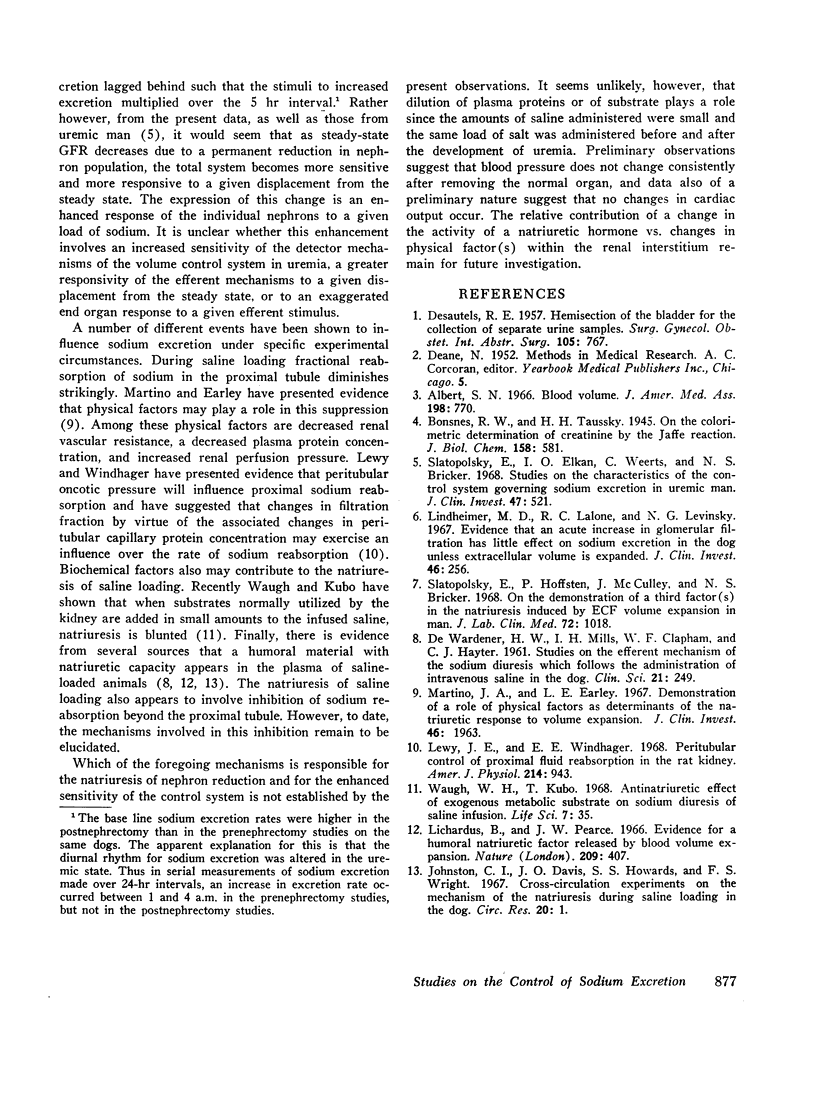
Selected References
These references are in PubMed. This may not be the complete list of references from this article.
- Albert S. N. Blood volume. JAMA. 1966 Nov 14;198(7):770–772. [PubMed] [Google Scholar]
- DE WARDENER H. E., MILLS I. H., CLAPHAM W. F., HAYTER C. J. Studies on the efferent mechanism of the sodium diuresis which follows the administration of intravenous saline in the dog. Clin Sci. 1961 Oct;21:249–258. [PubMed] [Google Scholar]
- DESAUTELS R. E. Hemisection of the bladder for the collection of separate urine samples. Surg Gynecol Obstet. 1957 Dec;105(6):767–768. [PubMed] [Google Scholar]
- Johnston C. I., Davis J. O., Howards S. S., Wright F. S. Cross-circulation experiments on the mechanism of the natriuresis during saline loading in the dog. Circ Res. 1967 Jan;20(1):1–10. doi: 10.1161/01.res.20.1.1. [DOI] [PubMed] [Google Scholar]
- Lee T. C., de Wied D. Somatotropin as the non-ACTH factor of anterior pituitary origin for the maintenance of enhanced aldosterone secretory responsiveness of dietary sodium restriction in chronically hypophysectomized rats. Life Sci. 1968 Jan 1;7(1):35–45. doi: 10.1016/0024-3205(68)90359-7. [DOI] [PubMed] [Google Scholar]
- Lewy J. E., Windhager E. E. Peritubular control of proximal tubular fluid reabsorption in the rat kidney. Am J Physiol. 1968 May;214(5):943–954. doi: 10.1152/ajplegacy.1968.214.5.943. [DOI] [PubMed] [Google Scholar]
- Lichardus B., Pearce J. W. Evidence for a humoral natriuretic factor released by blood volume expansion. Nature. 1966 Jan 22;209(5021):407–409. doi: 10.1038/209407a0. [DOI] [PubMed] [Google Scholar]
- Lindheimer M. D., Lalone R. C., Levinsky N. G. Evidence that an acute increase in glomerular filtration has little effect on sodium excretion in the dog unless extracellular volume is expanded. J Clin Invest. 1967 Feb;46(2):256–265. doi: 10.1172/JCI105528. [DOI] [PMC free article] [PubMed] [Google Scholar]
- Martino J. A., Earley L. E. Demonstraton of a role of physical factors as determinants of the natriuretic response to volume expansion. J Clin Invest. 1967 Dec;46(12):1963–1978. doi: 10.1172/JCI105686. [DOI] [PMC free article] [PubMed] [Google Scholar]
- Slatopolsky E., Elkan I. O., Weerts C., Bricker N. S. Studies on the characteristics of the control system governing sodium excretion in uremic man. J Clin Invest. 1968 Mar;47(3):521–530. doi: 10.1172/JCI105748. [DOI] [PMC free article] [PubMed] [Google Scholar]


